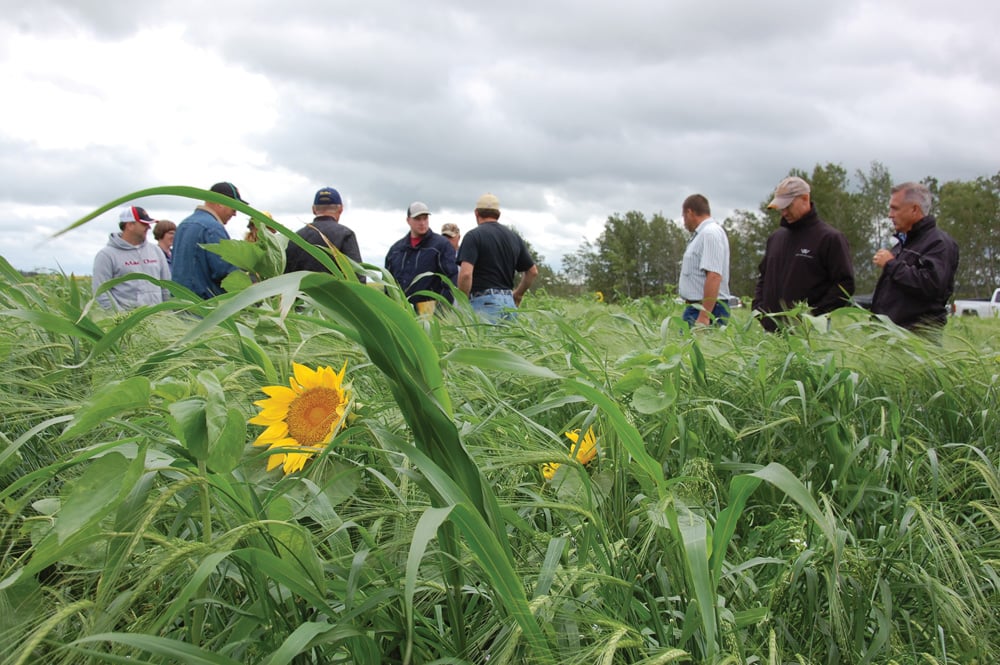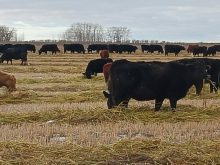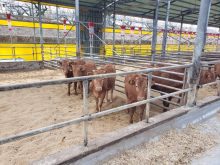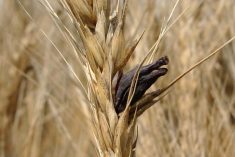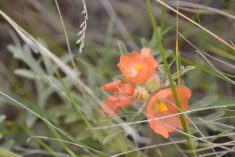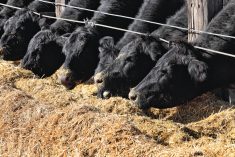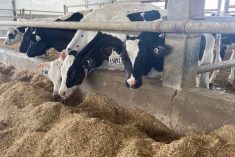One of the biggest questions Manitoba cattle producer Dan Shwaluk had about cover crops was, “where’s the money in it?”
After two years of planting cover crops on his farm he’s seen exactly where the money is — in his pocket. He’s getting more than 10 tonnes of silage feed per acre off his cover crops — at least 30 per cent more than he gets from barley — and with reduced input costs compared to a grain or oilseed, it’s only costing him between $11 to $12 per acre to produce.
Read Also
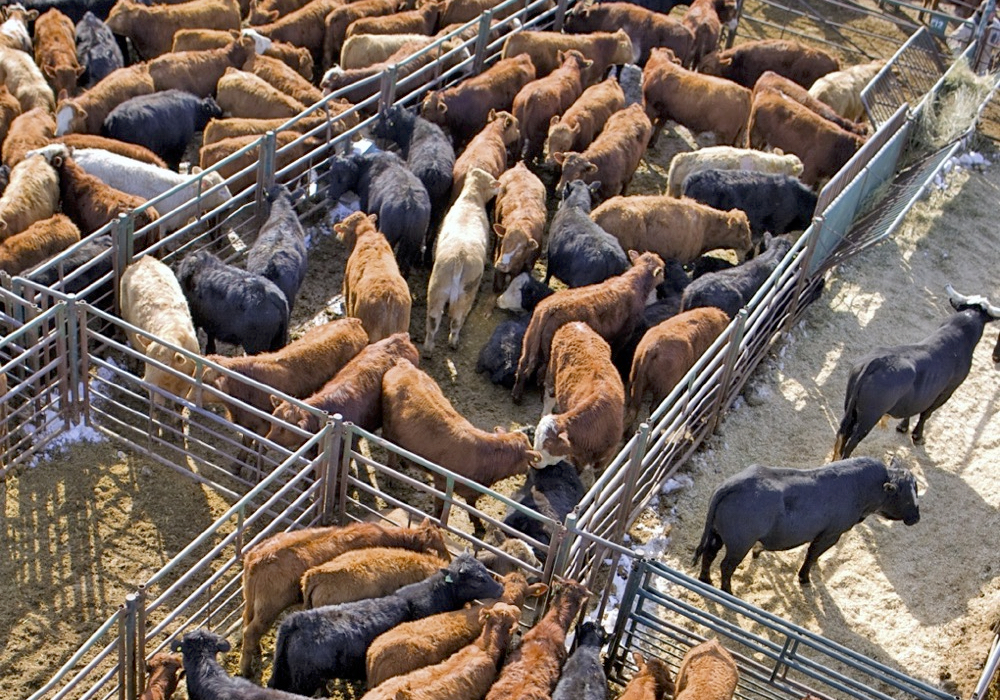
Canadian cattle herd moves into expansion phase
Beef heifer retention has started in Canada, according to Statistics Canada, and is expected to grow into 2026.
Shwaluk was one of a group of producers in western Manitoba who hosted grazing club tours — funded by Ducks Unlimited Canada — at their farms earlier this year, which provided other producers the chance to learn about the benefits of cover crops. He seeded a mix of annual crops that include cereals, brassicas, grasses and legumes.
“My ultimate goal was to have feed for my cattle,” says Shwaluk, whose cow-calf operation is close to Shoal Lake in western Manitoba. “I planned on wintering 100 head and the guy that did my silage says I’ve got enough there for 300 cows. I’m probably going to sell some of this silage or custom feed some cattle. It has certainly given me some more options.”
Shwaluk had a lot of old tame hay fields he broke into cropland when he reduced his beef herd a few years ago. But now that he’s increasing the cowherd again he needed the land for feed. “I could have gone with a monoculture crop for silage or put it back into hay, but I wanted to have more options of what I would grow. The cover crop seemed to be a good fit for a number of reasons,” he says. “One of the biggest reasons is that I didn’t have to put as much fertilizer on the land and I didn’t have to do any chemical weed control because everything that was growing there it goes to feed cows. So that was an easy choice for me to make.”
Shwaluk grew his first complete cover crop in 2014. “I’ve been trying different combinations and trying to figure out how to make it work. Then I just jumped in and put in 10 to 11 different crops in a mix and let it go,” he says. “I turned my back and walked away and when I came back later to have a look, I was impressed.”
Shwaluk plans to move the cover crop to different fields each year before returning the land to an annual crop like canola.
Saving on fertilizer
While he’s reducing input costs by growing a cover crop for forage, at the same time Shwaluk’s benefitting from the nitrogen-fixing plants. And there was enough re-growth after taking off the silage for either a second cut or more grazing.
“At seeding I applied the regular amount of phosphate and potash but only half of the nitrogen I’d put down for a cereal crop,” says Shwaluk.”I’ve got clovers and hairy vetch that fix nitrogen themselves. One of the biggest reasons I decided to go with cover crops is that I didn’t have to apply as much fertilizer. As well, I didn’t have to do any chemical weed control because everything that was growing there goes to feed cows. That was an easy choice for me to make.”
Shwaluk has also tried swath and bale grazing on the cover crop to extend his grazing season, which means he’s been spending less on feedlot cleaning. “The feedlot cleaner keeps complaining that my bills are getting smaller,” he says. “I used to have 20 hours of corral cleaning and this year it only took three and a half hours.”
Shwaluk’s cover crop mix this year was Cowboy barley, tillage radish, hairy vetch, crimson clover, red clover, red proso millet, Italian ryegrass, and a brassica. The seed mix supplied by Elmer’s Friendly Acres Seed Farm near Saltcoats, Saskatchewan cost about $27 an acre. While the forage mix is more expensive than straight cereal seed, Shwaluk says his cost to produce each tonne is lower because of the increase in biomass of the cover crops which is producing more feed and the reduction in chemicals and fertilizers.
Diversity handles all conditions
Shwaluk used a slightly different mix last year of oats, wheat, triticale, barley, fall rye, hairy vetch, crown millet, red clover, Italian ryegrass and daikon radish. He’s pleased with the results of both mixes. The diversity of crops is far better able to handle different soil and weather conditions.
In 2016 Shwaluk says he plans to experiment with the mix, making sure he has a balance of warm and cool season crops, as well as a balance of drought-tolerant and water-tolerant crops in his pastures. As he relies heavily on grazing cattle on community pastures, he’d like to develop a plan to keep more at home and grow less cereal crops.
“There’s not much money left in cereal crops and I’m worried that the value of the canola crop is not going to last very long either,” says Shwaluk. “If I go to this type of cover crop rotation where some of it made into feed and some for rotational grazing, I won’t have to be buying fertilizer or chemicals.”


